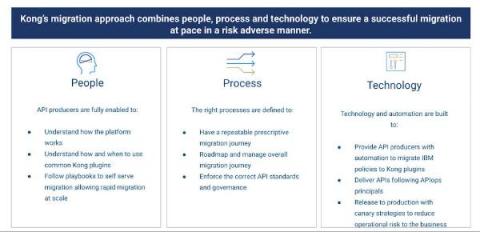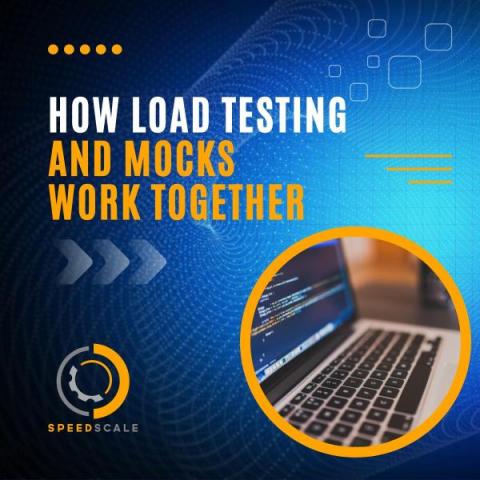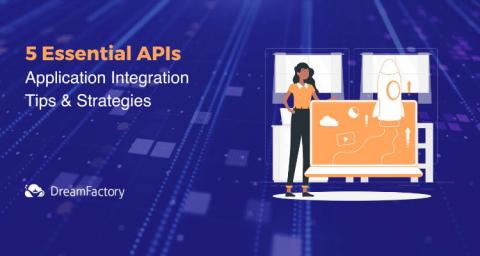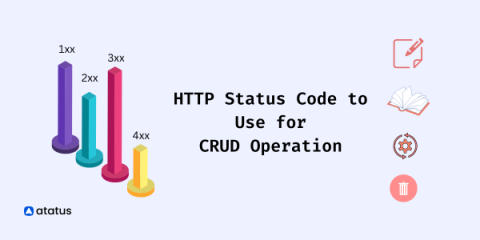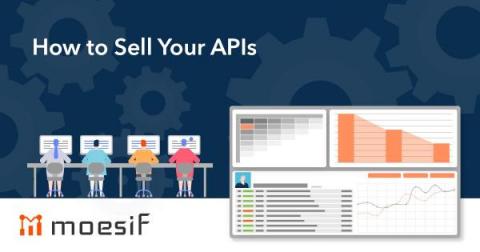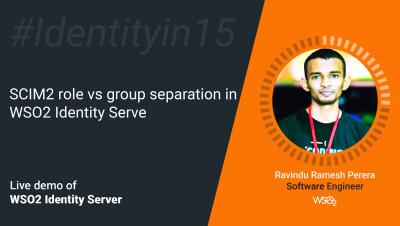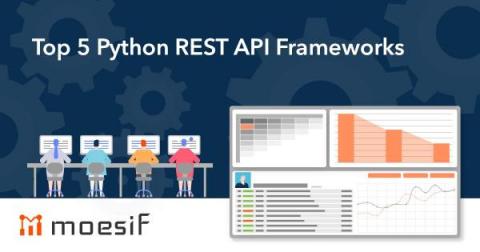Migration Options for IBM Cloud API Gateway Customers
IBM recently announced the deprecation of its Cloud API Gateway, a service used to create and manage APIs by placing a gateway in front of existing IBM Cloud endpoints. With this move, IBM Cloud Functions and IBM Cloud Foundry are no longer able to use Cloud API Gateway service for rate limiting, splitting, and authentication.


